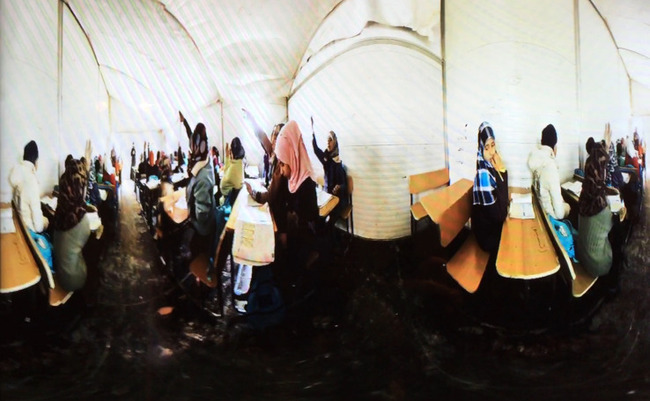
It’s little wonder that 73% of our audience members are trying to reassess their digital diets, as so much of their time is taken up browsing
the internet, scanning social media channels and checking their inboxes.
In an average week, 75% of our audience members consume online articles, 41% watch an online talk, and 32% listen to a podcast. They get through huge amounts of content, and although the quantity doesn’t look like it’ll change anytime soon, the format might.
Consumption of content is polarising between highly-visual posts, consumed at speed, and long-form features that are digested at a more considered pace. People are filtering more, reducing spam and indulging in informative editorial resulting in changes in the media landscape.
VR has the opportunity to really change the world, by creating the opportunity for compassion and empathy for another person like I’ve never seen before “Content providers can now serve media in new and exciting ways, often merging different types of media to allow for different consumer needs,” says Channel 4’s digital producer Christos Savvides. Our audience can now engage with fully immersive news channels. Recently Vice covered the Millions March civil rights protest in New York with a virtual reality report, compiled by a reporter using a 360-degree camera system.
Meanwhile film-maker Chris Milk collaborated with the UN to create Clouds Over Sidra, a powerful documentary, shot for VR, following a day in the life of a girl in a Syrian refugee camp. ‟VR has the opportunity to really change the world by creating the opportunity for compassion and empathy for another person like I’ve never seen before in any other medium,” explains Milk.
VR consumer technology is starting to become mainstream: Oculus Rift will be released in 2016 and Google’s Cardboard VR product is already available to buy.


